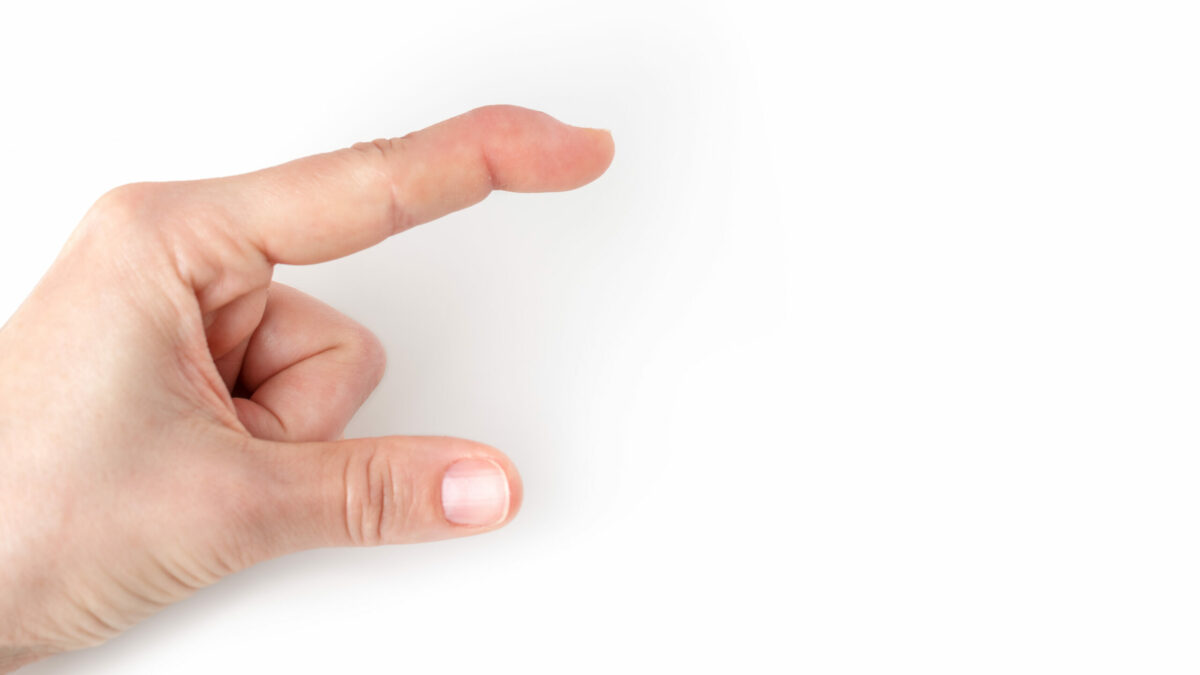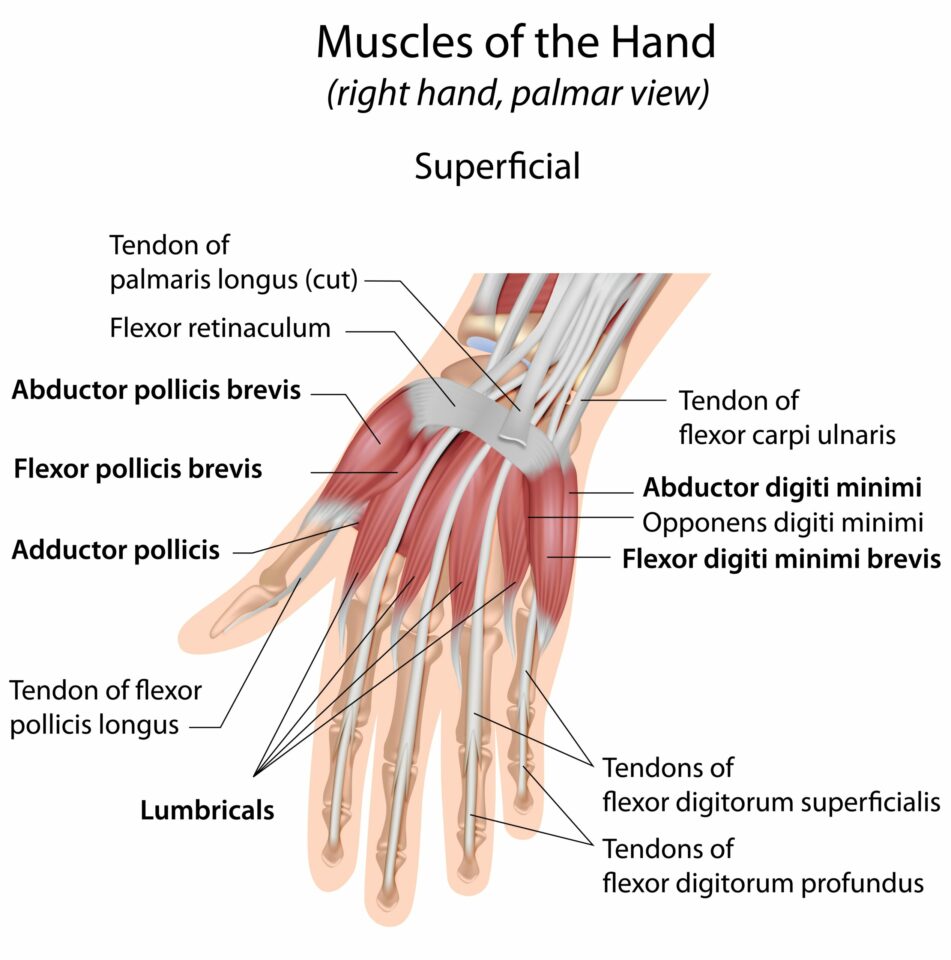
Have you ever struck your finger, misjudged the distance between an object and your hand, or suffered a sports injury, causing your fingertip to droop? If you have, you might have experienced a mallet finger—a common injury among athletes, musicians, and manual laborers.
In short, mallet finger, also known as baseball finger or drop finger, is a condition that occurs when the outermost joint of a finger is injured, causing the fingertip to droop down and be unable to straighten. This injury can cause significant discomfort and affect your everyday activities.
 What Is a Mallet Finger?
What Is a Mallet Finger?
Mallet finger affects the fingers and results from an injury to the extensor tendon that connects the muscles that straighten the finger to the finger bones. The extensor tendon ruptures or avulses from the finger’s base when the fingertip is subjected to a strong force or impact. When the tendon is damaged, the person may be unable to straighten the affected finger, and the tip droops downward.
Mallet finger symptoms include pain, swelling, and inability to straighten the affected finger. Sometimes, the fingertip will droop at a slight angle, which makes it difficult to write, play instruments, or perform other activities.
What Causes Mallet Finger?
Mallet finger is commonly seen in athletes such as baseball, basketball, volleyball, or handball players and other sports enthusiasts, and may or may not have a fracture of the distal phalanx associated with the tendon injury. This condition usually occurs due to direct contact with a ball or other sports-related activities; however, it can also occur due to household activities such as cleaning a hard surface such as a rug or counter with fingers out straight, or from hitting a straightened finger on a hard surface such as a door or drawer. Mallet finger affects the fingers most commonly, but in rare cases, it can also affect the thumb.
How To Treat Mallet Finger
Several mallet finger treatment options are available to those who suffer from a mallet fracture, ranging from conservative interventions to surgical options. The appropriate treatment for mallet finger largely depends on the joint’s stability, which is determined by your treating physician with the help of a routine x-ray. Most injuries usually respond well to nonsurgical treatments.
Conservative Treatment
- Splinting or immobilizing the affected finger: Splinting a mallet finger is a common mallet finger treatment option as it keeps the fingertip extended so that the extensor tendon can heal properly. The mallet finger splint will usually be worn continuously for 6 to 8 weeks, depending on the severity of the injury.
- Physical therapy exercises: Physical therapy exercises can help to reduce stiffness in the finger joint, improve flexibility, and strengthen the muscles and tendons that control finger extension, but does not start until the splint is removed in six to eight weeks.
- Medications for pain and inflammation: Nonsteroidal anti-inflammatory drugs (NSAIDs) such as ibuprofen and naproxen can effectively reduce pain and swelling. Some people may also respond well to acetaminophen, a pain reliever that does not have anti-inflammatory properties.
Surgical Treatment
- Open reduction and internal fixation: Open reduction and internal fixation involve surgically repositioning the detached bone fragments or the torn extensor tendon into their correct position and then using pins, wires, or screws to fix these structures in place. This surgical intervention is particularly suitable for mallet finger injuries with a large displaced bone fragment, particularly when the joint is unstable or those failing conservative management.
- Closed reduction and pinning: This is most often recommended for patients unable to comply with the six to eight-week splint wearing, such as health care providers or others who need to wash their hands frequently and would be restricted with a splint. Another indication for pinning would be patients whose skin is intolerant of the constant splint wearing. For this process, a small single wire or pin is inserted across the finger joint that is drooped, keeping it straightened back out while the tendon heals back to the bone.
Prevention
While it is difficult to prevent the occurrence of mallet finger completely, there are several steps a person can take to minimize their risk of injury. Below are some tips that can help prevent mallet finger injuries:
- Wearing appropriate hand protection: If you participate in sports or engage in activities that place your hands at risk of injury, such as gardening or using tools, you should always wear appropriate hand protection, such as gloves or wrist supports.
- Proper technique: When engaging in sports or other activities, use proper technique to avoid injury. For example, practice a catching technique with gloves in baseball or softball rather than using your bare hands.
- Strength and flexibility: Consider incorporating exercises into your routine that can help improve your fingers’ strength and flexibility, such as grip-strengthening exercises and finger and wrist range of motion exercises.
- Proper equipment: Ensure that any sports-specific equipment, such as gloves or paddles, are well-maintained and fit correctly to minimize the risk of injury.
- Staying alert: Pay attention to your surroundings, especially in the home or workplace, where accidental injuries can occur easily by closing fingers in doors, windows, or drawers.
Emerge Stronger. Healthier. Better.
A mallet finger deformity can be an aggravating injury, keeping you out of the sports or daily activities you love. EmergeOrtho—Triangle Region’s Hand & Wrist specialists have extensive training and experience to help you return to a functional life. If you are suffering from this condition and are seeking mallet finger treatment, we encourage you to schedule an appointment.







